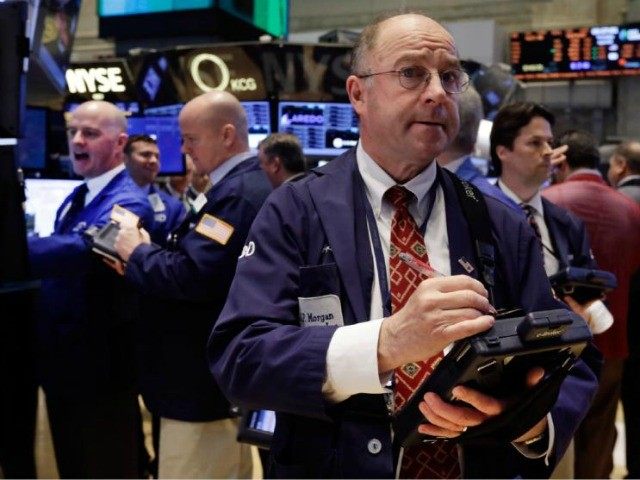Investors celebrated the NASDAQ stock market topping the 5,000 level this week for the first time since March 2000. But there were no celebrations in Sacramento for the anniversary of the last time that California Public Employees’ Retirement System (CalPERS) and the California State Teachers’ Retirement System (CalSTRS) were over 100 percent funded.
Despite the current stock market heights, CalPERS is now only 76 percent funded and CalSTRS is only 67 percent funded. In a worst-case scenario of the stock markets suffering another 78 percent crash, as they did after 2000, the State of California and thousands of local government entities could quickly be insolvent.
In the run-up to the 2000 peak in NASDAQ prices, CalPERS and CalSTRS management told the state legislature and Governor Gray Davis they could implement generous pension increases through SB 400 “without it costing a dime of additional taxpayer money.” They claimed “superior” stock market returns would cover the additional cost of the higher benefits for at least 10 years. Relying on “expert” opinions, the legislature overwhelmingly passed the bill, and Davis quickly signed it into law.
But the language in SB 400 maximized “pension spiking”–boosting “pensionable” income–by using a vast array of supplements that included overtime pay, unused vacation pay, allowances, and bonuses.
CalPERS’ and CalSTRS’s claims regarding SB 400 proved bogus and neither public pension plan has been fully funded ever since. The Sacramento Bee analyzed data from CalPERS’ internal annual reports and found that because of spiking the average first-month pension payout for new retirees doubled between 1999 and 2012.
CalPERS’ Deputy Chief Actuary David Lamoureux attributed at least a 20 percent cost increase due to the 1999 “benefit enhancements,” (government-speak for “pension spikes”). Some analysts estimate that the CalPERS unfunded public pension plan’s liabilities are now over $500 billion and the CalSTRS plan’s liability is at least $73.7 million.
With the NASDAQ stock market achieving double-digit returns late last year, CalPERS is again claiming “superior” stock market returns will cover any additional cost of higher benefits for at least 10 years. Based on this scenario, the Board approved 99 new ways to spike California public pensions on August 20, 2014.
The approved spike list allows state and local government employees hired after 2012 to include any extra money they “earn” for briefly filling higher-paying jobs as a basis to increase retirees’ pension checks. Such pensionable “special pay” includes higher pay for maintenance workers who replace street lamps from an aerial bucket, school district employees who supervise kids during recess, librarians who provide direction or resources to library patrons, and policemen who are good marksmen.
This all seems ridiculous, since the public should have a right to expect all cops to be good shots and all librarians should provide assistance; anything less should be grounds for dismissal. The Independent Institute described the CalPERS list of 99 new spiking opportunities as “largely scams to grab more taxpayer money.”
The CalPERS decision officially recognizing the spike list clearly undermines Governor Jerry Brown’s highly touted Public Employees’ Pension Reform Act of 2013. Brown may have planned to campaign for president on his success in forcing public employee pensions to be based on the employees’ “normal monthly rate of pay,” but CalPERS may to have ended that fairytale.
Ed Ring of the California Policy Center estimates that it would take an additional $30 billion per year, about 1/3 of the State budget, to fund CalSTRS pension liability fully. But last year, the State only contributed $5.8 billion.

COMMENTS
Please let us know if you're having issues with commenting.